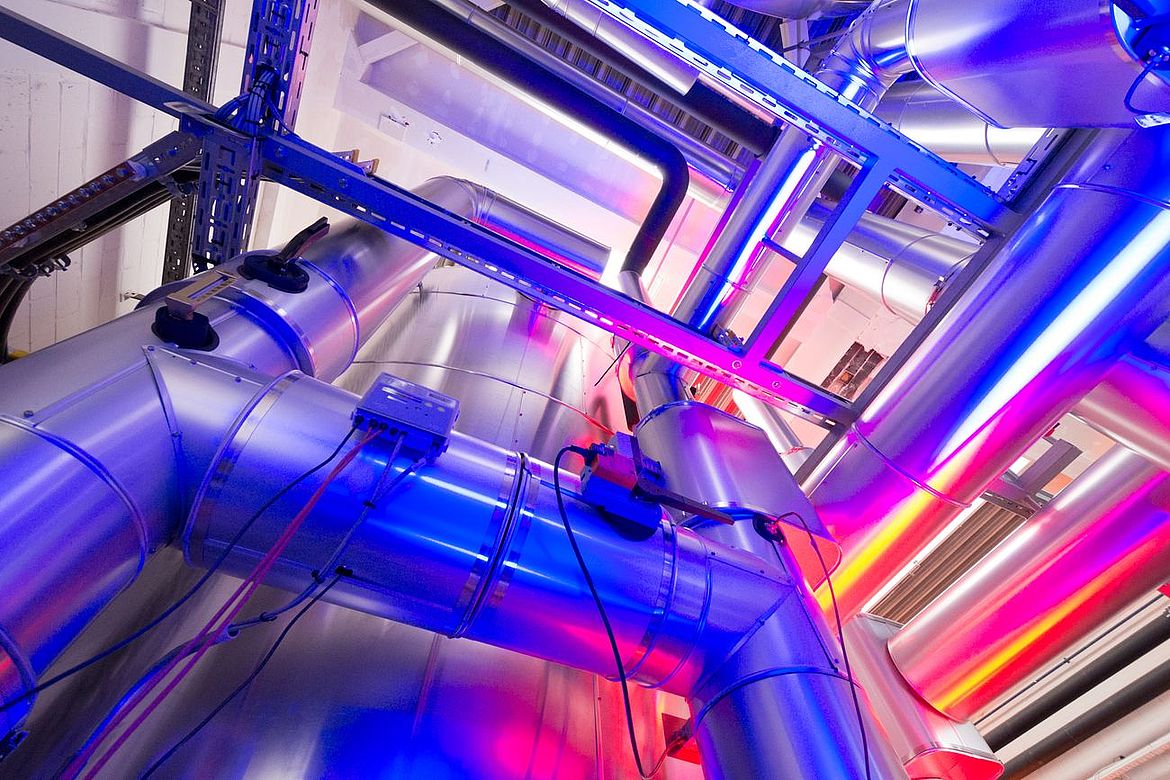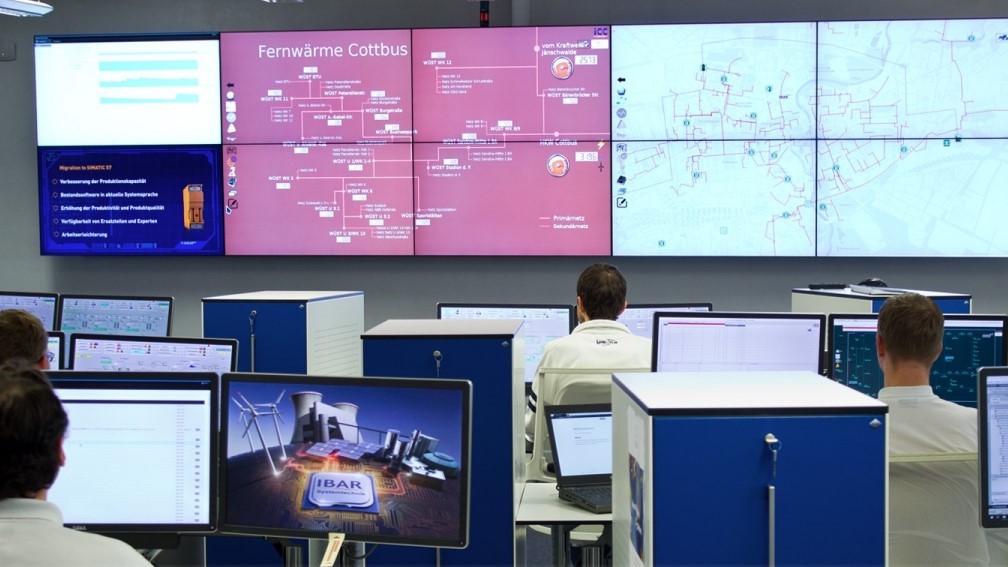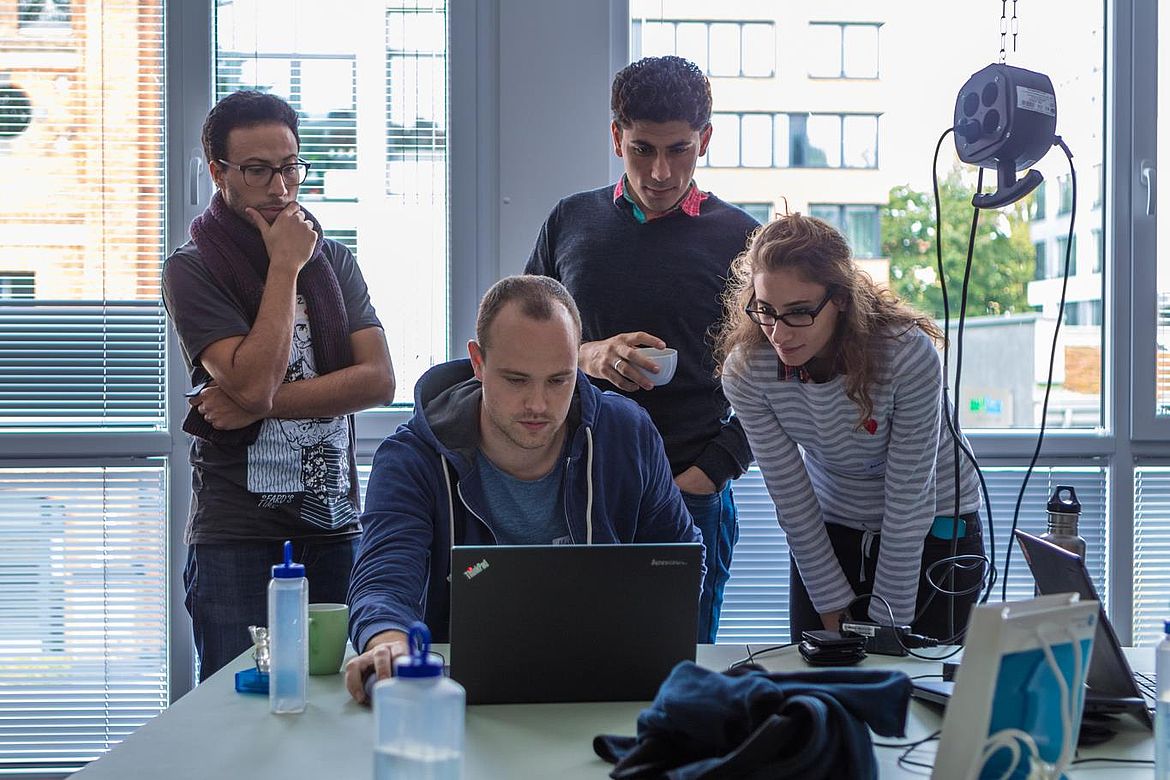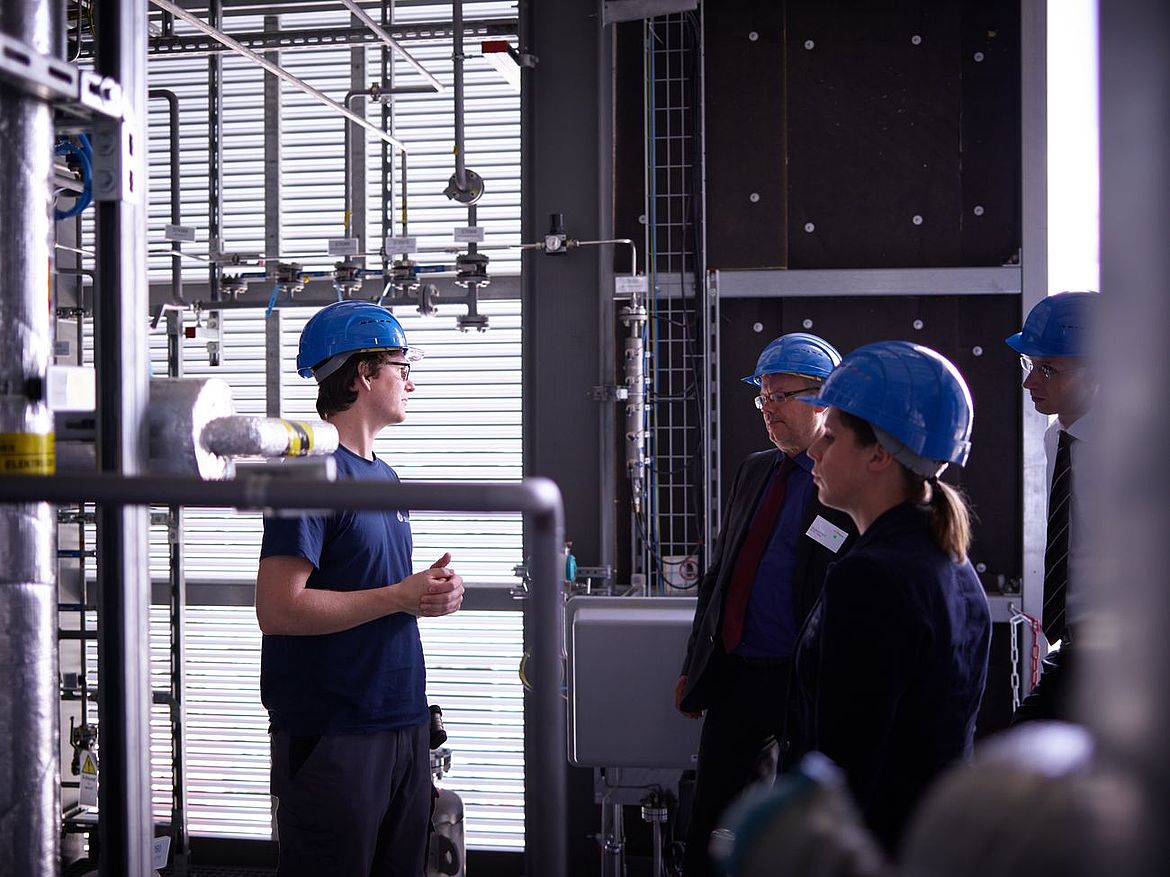The Four Focus Areas
WindNODE was a pluralistic project in which over 70 partners were working in 50 subprojects to provided a detailed view into various aspects of the intelligent energy system of the future. In every subproject, individual perspectives and approaches were employed to develop model solutions for the energy transition. At the same time WindNODE was a joint project: all partners were working together within four focus areas to enable a broad view of the intelligent energy system of the future. So-called coordination committees helped to consolidate results of the subprojects into overarching summary products.
Last updated: 31.03.2021
Identifying Flexibility
One of the objectives of WindNODE is to identify where and how potentials for technical load shifting as well as for sector coupling can be found in northeastern Germany in order to make them available as flexibility within the energy system. A particular focus lies on industrial and commercial flexibility as well as flexibility in neighbourhoods and the mobility sector. In addition to the technical integration, this includes the structured approach to convincing plant operators in the respective sectors to participate.
Activating Flexibility
In close cooperation between grid operators and flexibility providers, a market mechanism (flexibility platform) for utilising flexibility to the benefit of the grid is being demonstrated within the context of WindNODE. At the same time, the current regulatory framework is being analysed with regard to flexibility, and possible improvements are being drafted and evaluated with the help of scenarios. Concrete recommendations for action from WindNODE based on practical experience and theoretical considerations point the way to the energy system of the future.
Digitalising the Energy System
What are the information and communication technologies necessary to integrate large quantities of renewable energy into our energy system in a smart and efficient way? The WindNODE subprojects demonstrate, among other things, use cases for “iMSys”, the German variety of smart meter technology. We explore how the energy system can act as a matrix for digital value-added services. We investigate how energy data might be a driver for digital value creation and new business models. In addition, we strive to bring some order to the discussion around the grandiose phrase “digitalisation of the energy industry”, for example by differentiating between enabling the optimisation of already existing processes in the industry, and creating all-new value-added services.
Developing a Reality Lab
WindNODE is successfully making use of the new “reality lab” R&D format in northeastern Germany for the first time. In particular, this includes the implementation and use of the regulatory experimentation clause SINTEG-V, which is intended to allow SINTEG partners to test out new operating and business models without incurring economic losses due to the current regulatory regime. However, WindNODE is also committed to an ecosystem approach to energy research (large, agile partner networks spanning the value chain), to new participation formats (e.g. visitor sites) and to the development of a positive, opportunity-focused energy transition narrative.



